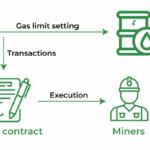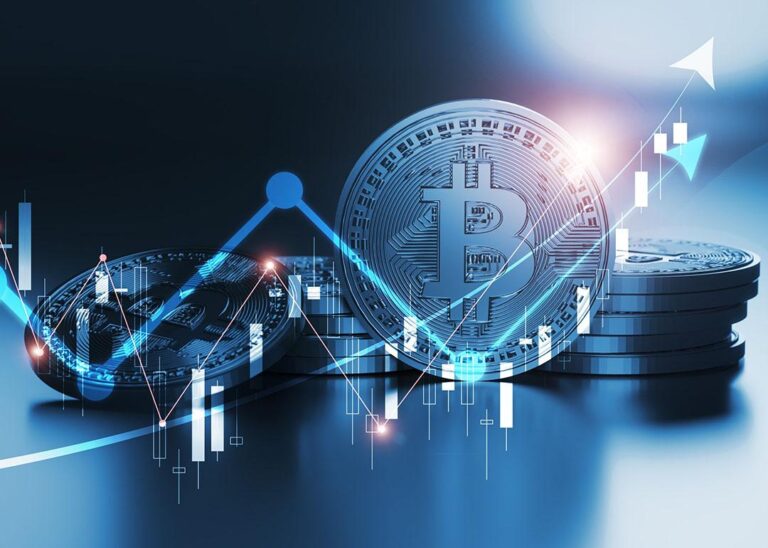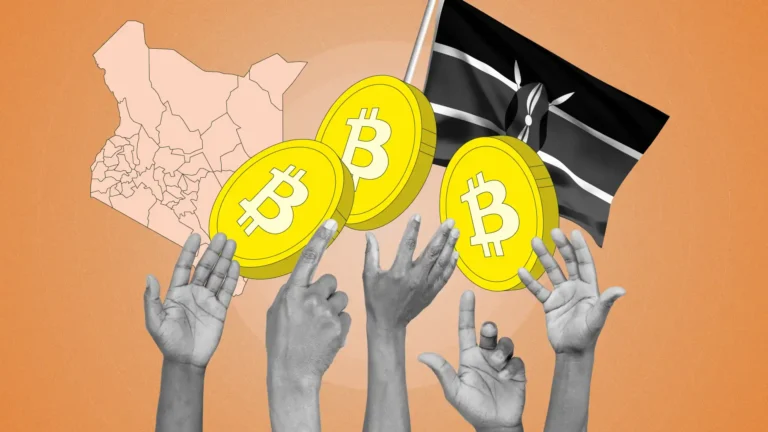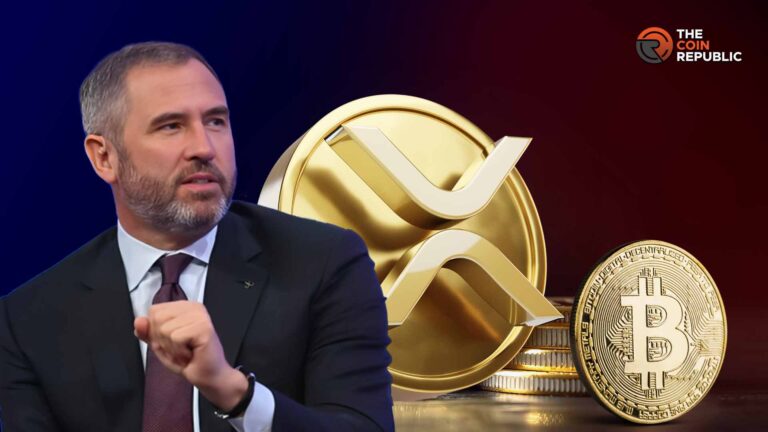For years, Ethereum has been the beating heart of the decentralized finance (DeFi) ecosystem — powering everything from smart contracts to NFTs. But now, a new wave of innovation is emerging: the tokenization of real-world assets (RWAs). Imagine owning a fraction of a New York skyscraper, a gold bar in London, or a government bond …
How Ethereum is Enabling Tokenized Real-World Assets (RWAs)
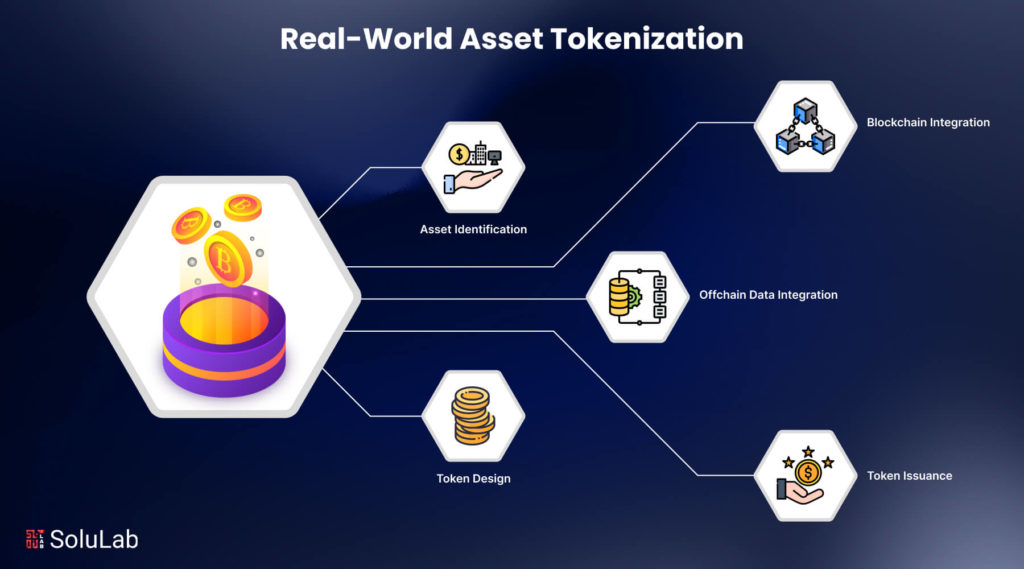
For years, Ethereum has been the beating heart of the decentralized finance (DeFi) ecosystem — powering everything from smart contracts to NFTs. But now, a new wave of innovation is emerging: the tokenization of real-world assets (RWAs).
Imagine owning a fraction of a New York skyscraper, a gold bar in London, or a government bond in Africa — all represented as digital tokens on the Ethereum blockchain. That’s not science fiction anymore. Tokenization is bridging the gap between traditional finance and decentralized technology, unlocking liquidity and democratizing access to assets that were once reserved for the elite.
Let’s explore how Ethereum is making this transformation possible — and why tokenized RWAs could be the next trillion-dollar opportunity.
What Are Real-World Assets (RWAs)?
Real-world assets refer to physical or tangible assets that have intrinsic value — such as real estate, commodities, art, or bonds — as well as financial instruments like stocks, treasuries, and loans.
Tokenizing these assets means creating digital representations (tokens) of them on the blockchain. Each token represents ownership — or partial ownership — of the underlying real-world asset.
For example:
- A $1 million property could be divided into 1,000 tokens, each representing 0.1% ownership.
- Investors can buy, sell, or trade these tokens just like cryptocurrencies, with transparent proof of ownership recorded on the Ethereum blockchain.
This process transforms illiquid assets into liquid, tradable units, enabling new levels of financial participation and accessibility.
Why Ethereum Leads the RWA Revolution
While several blockchains support tokenization, Ethereum remains the undisputed leader — and for good reason.
- Mature Smart Contract Infrastructure: Ethereum’s robust smart contract ecosystem allows issuers to create, manage, and transfer tokenized assets with automation and security.
- Network Liquidity: As the backbone of DeFi, Ethereum provides the largest pool of decentralized liquidity and investors.
- Interoperability: Standards like ERC-20 and ERC-721 ensure that tokenized assets are easily integrated into DeFi platforms, wallets, and exchanges.
- Institutional Confidence: Many regulated financial entities trust Ethereum’s stability and transparency, choosing it as the base for pilot programs and asset-backed tokens.
In short, Ethereum offers the technical maturity, developer base, and credibility needed for RWAs to flourish.
How Tokenization Works on Ethereum
The process of tokenizing real-world assets typically involves several key steps:
- Asset Valuation and Custody – The physical or financial asset is appraised and placed under custody, often managed by a regulated institution.
- Token Creation – A smart contract is deployed on Ethereum to issue tokens that represent shares or units of ownership.
- Compliance Layer – KYC/AML checks, identity verification, and regulatory safeguards are embedded directly into the smart contract.
- Trading and Settlement – Tokens can be traded on decentralized exchanges (DEXs) or specialized RWA marketplaces with near-instant settlement.
This framework ensures transparency, security, and regulatory compliance, while giving investors access to traditionally illiquid markets.
Types of Real-World Assets Being Tokenized
The tokenization trend is sweeping across multiple asset classes — and Ethereum is at the center of it.
1. Real Estate
Properties are being fractionalized into Ethereum-based tokens that can be traded globally. Platforms like RealT, Brickken, and LABS Group allow investors to buy fractional shares of income-generating properties — all settled in crypto.
2. Commodities
Gold, silver, and oil are also entering the blockchain era. Tether Gold (XAUT) and Pax Gold (PAXG) are ERC-20 tokens backed by physical gold stored in secure vaults. Each token represents one troy ounce of gold, enabling easy ownership transfer without physical handling.
3. Government Bonds and Treasuries
In 2024, BlackRock launched its tokenized U.S. Treasury fund — BUIDL — on Ethereum, marking one of the most significant institutional moves into blockchain-based finance. This opened the door for regulated, yield-bearing assets to enter the DeFi world.
4. Private Credit and Loans
Protocols like Centrifuge and Maple Finance are connecting real-world borrowers with DeFi investors. Businesses can tokenize invoices or credit lines, turning them into blockchain-backed investment opportunities.
5. Art and Collectibles
High-value art pieces are being fractionalized on Ethereum, allowing investors to buy and trade portions of masterpieces — transforming fine art into a liquid, global market.
Benefits of Tokenizing RWAs on Ethereum
The impact of RWA tokenization extends far beyond innovation — it’s reshaping financial access and efficiency on a global scale.
- Liquidity Creation
Tokenization unlocks liquidity in traditionally illiquid markets. Investors can trade fractions of high-value assets instead of committing large sums, lowering the barrier to entry. - Transparency and Trust
Ethereum’s immutable ledger ensures that all transactions and ownership records are public, tamper-proof, and verifiable — reducing fraud and intermediaries. - Fractional Ownership
By dividing assets into smaller tokens, Ethereum allows for micro-investments — opening opportunities for individuals who could never afford full ownership. - Instant Settlement and Global Access
Traditional finance systems rely on slow intermediaries. With blockchain, transactions settle in seconds, enabling cross-border asset transfers and global investor participation. - Programmable Compliance
Smart contracts can automatically enforce regulations — such as transfer restrictions, KYC, and dividend distribution — ensuring seamless, compliant operations.
Challenges on the Path to Mass Adoption
Despite the enthusiasm, several obstacles remain before tokenized RWAs achieve mainstream acceptance.
- Regulatory Uncertainty: Many jurisdictions are still defining how tokenized assets fit into existing laws. Compliance remains complex, especially for cross-border transactions.
- Custody Risks: Ensuring the underlying asset is properly held and audited remains critical for maintaining trust.
- Scalability: Ethereum’s high transaction fees can be a barrier for smaller investors, though Layer-2 solutions like Arbitrum, Optimism, and zkSync are rapidly addressing this issue.
- Education and Adoption: Investors and institutions need to understand how tokenized ownership differs from traditional securities to fully embrace the model.
Africa’s Role in the Tokenization Frontier
For Africa, Ethereum-based tokenization represents a major leap toward financial inclusion and economic empowerment.
Imagine property developers in Nairobi tokenizing housing projects to attract global investors. Or agricultural producers in Nigeria issuing commodity-backed tokens to raise capital transparently. Tokenization enables borderless investment, reducing reliance on traditional banking and unlocking liquidity for local entrepreneurs.
Several startups across the continent — from South Africa’s Sun Exchange to Kenya’s Bitland — are already exploring how blockchain can tokenize and manage real-world value. As regulatory frameworks mature, Africa could become a hotspot for tokenized asset innovation.
The Future: A Tokenized Economy
Tokenization is not just a trend — it’s a paradigm shift that will redefine how we perceive ownership, liquidity, and investment.
Financial giants like Franklin Templeton, BlackRock, and HSBC are already exploring Ethereum-based tokenization platforms. According to recent projections, the RWA tokenization market could exceed $10 trillion by 2030 — with Ethereum expected to remain the leading infrastructure behind this explosive growth.
As the line between traditional and decentralized finance blurs, Ethereum’s open architecture provides the ideal foundation for a global, tokenized economy — where anyone, anywhere, can own a share of anything.
Conclusion
Ethereum is doing far more than powering crypto transactions — it’s redefining how value is created, stored, and exchanged. By bringing real-world assets onto the blockchain, Ethereum is bridging the old and new financial worlds, creating a more inclusive and transparent economic system.
From real estate to treasuries, gold to art, the tokenization movement is proving that the future of ownership is fractional, digital, and decentralized — and Ethereum is leading the charge.
